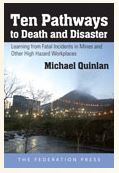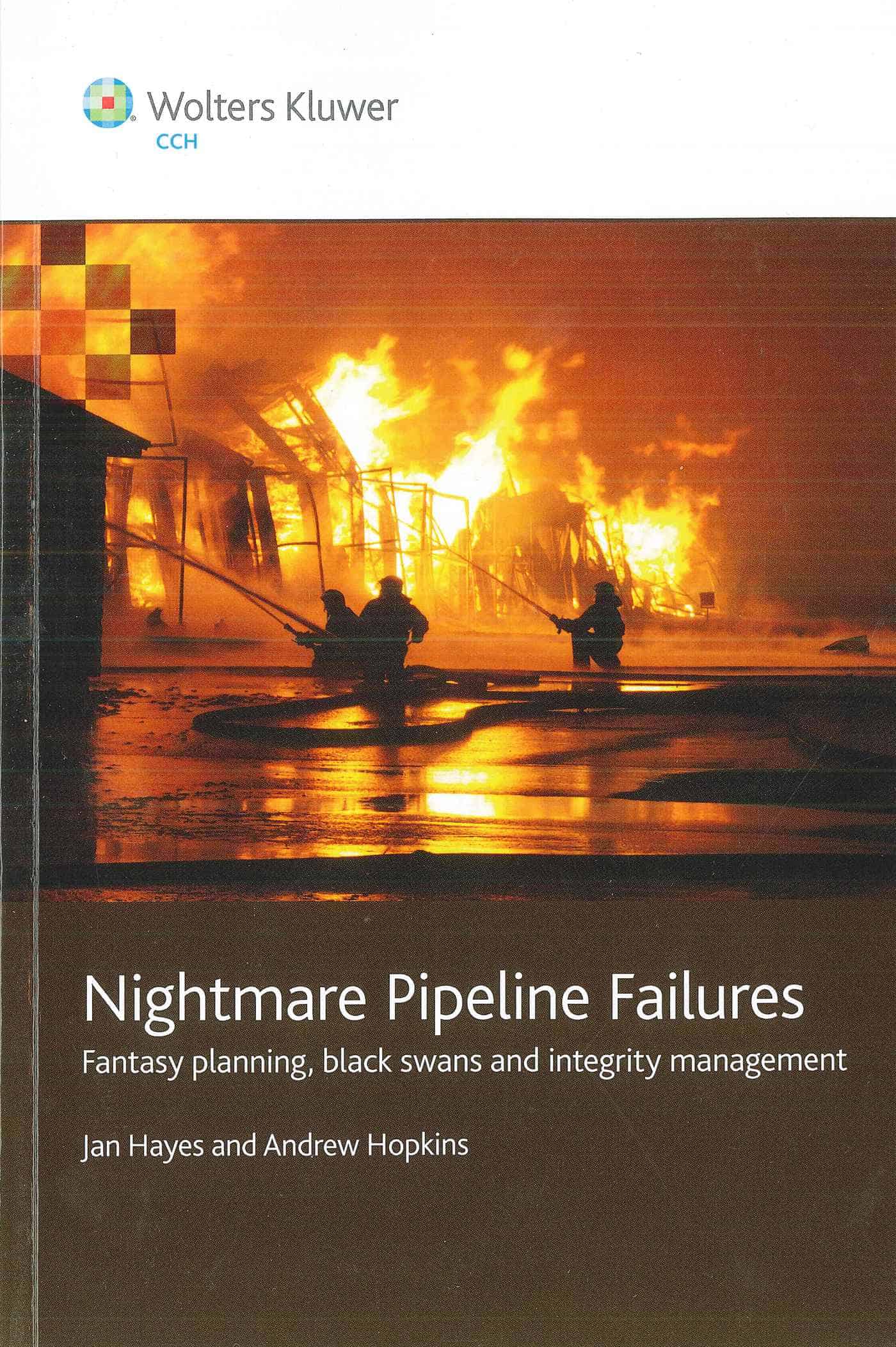The Victorian commemoration of International Workers Memorial Day has held on28 April 2015 and was a major improvement on previous memorials. The politics was muted by the speakers. There was no tray truck of angry unionists yelling through tannoys and heading off half way through the event to a protest rally that they see as more important than remembering the dead. There was a good level of dignity and solemnity …… finally.
Vic Minister Robin Scott speaking at workers memorial. #ohs #IWMD15 pic.twitter.com/sMrPKw9P20
— Kevin Jones (@SafetyOz) April 28, 2015
Continue reading “Dignity and solemnity at Workers’ Memorial Day”

 On 18 March 2015, the Melbourne office of
On 18 March 2015, the Melbourne office of 
